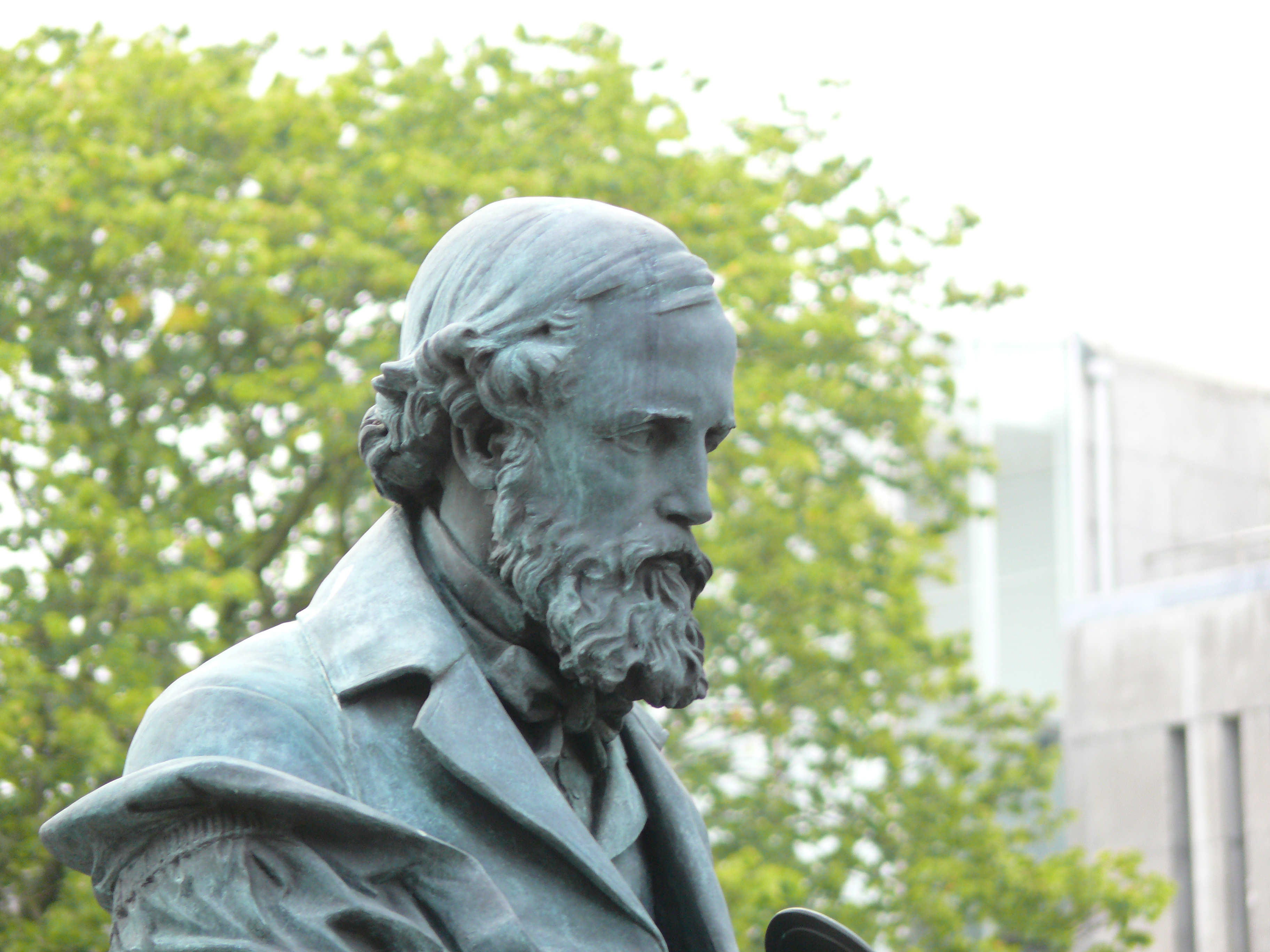4: Electromagnetic Radiation
- Page ID
- 30841
Learning Objectives
- Describe the basics of wave motion, including wavelength, frequency, diffraction, and interference.
- Describe the nature of electromagnetic waves.
- Describe the basics of atomic theory and how it relates to spectroscopy.
- Describe Wien and Kirchoff's Laws and how they are used to study plants and stars.
- Describe how the Doppler Effect can be used to determine the motion of objects in space.
 James Clerk Maxwell
James Clerk Maxwell
https:/commons.wikimedia.org/wiki/File:James_Clerk_Maxwell_statue_in_George_Street,_Edinburgh_04.jpg
What is light? Is it a wave? Is it particle? Does it travel instantaneously?
These questions puzzled scientists for centuries. Over time and with extensive observations and study, researchers have found some answers. What we call light is just a small subset of the electromagnetic radiation, which is the transmission of energy through space by varying electric and magnetic fields. The entire electromagnetic spectrum ranges from the very long wavelength radio waves to the short wavelength, high energy X-rays and gamma rays.
The question of whether electromagnetic radiation is a particle or a wave proved to be a major enigma for scientists. When they conducted experiments to see if it was a particle, they discovered it have many properties of particles. On the other hand, when they tested for wavelike properties, they found light could also behave as a wave. It seemed that light was both. It is wave of electric and magnetic fields oscillating through space as well as a particle as a photon. While it may be hard to picture a phenomenon being both a wave and a particle, modern quantum theory tells us that is indeed how matter and energy behave at the subatomic level. But before we can discuss this wave-particle duality, we need to understand a few properties of waves.
 The Electromagnetic Spectrum
The Electromagnetic Spectrum
Image credit: https://commons.wikimedia.org/wiki/F...nfographic.svg

